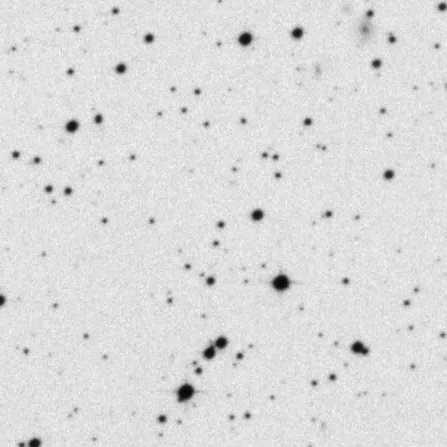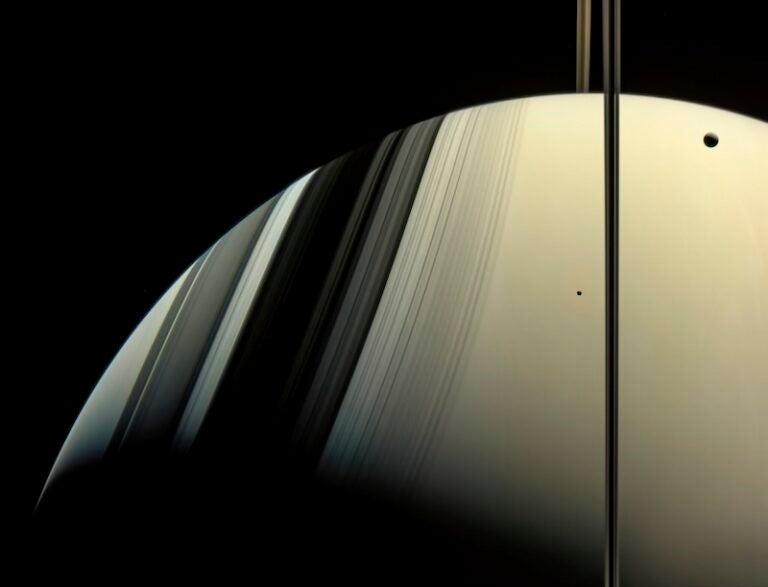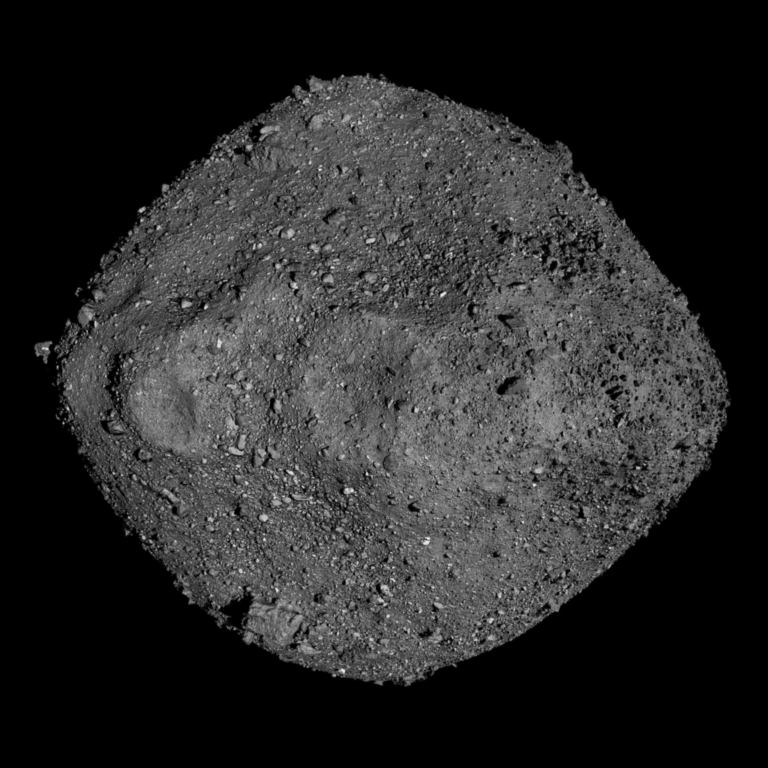A faint red star in the southern constellation Centaurus is one of our nearest neighbors, say astronomers in Scotland. They estimate it resides about 12 light-years away — only three times farther than Alpha Centauri.
Niall Deacon, Nigel Hambly, and John Cooke of the University of Edinburgh were comparing infrared surveys of the sky from different years when they noticed a star moving east-southeast at 1.13″ per year.
Such a large proper motion signaled the star might lie nearby. In the same way, when you ride down the highway, nearby objects such as road signs appear to whiz by, whereas distant mountains appear almost stationary. In order to get a reliable distance, though, astronomers must measure parallax — the tiny shift that results in a star’s apparent position as the Earth orbits the Sun. The larger the parallax, the closer the star is.
But then he took another look at the data. As he and his colleagues will report in an upcoming issue of the journal Astronomy and Astrophysics, he found a parallax that places the star 11.8 +/- 1.8 light-years from the Sun. If the star’s distance is exactly 11.8 light-years, it ranks as the 17th nearest star system to the Sun, a tad closer than such well-known neighbors as Epsilon (ε) Indi and Tau (τ) Ceti.
However, nearby-star expert Todd Henry at Georgia State University thinks the newfound star will prove to be slightly farther because it’s so faint. “I’m hoping it’s within 5 parsecs [16.3 light-years], because the news here is that this would be the fourth new object found within 5 parsecs since 2000.” Henry and his colleagues plan to measure a precise parallax and distance, but that will take a year.
Right now, little is known about the new star. Its name is SIPS 1259-4336 (SIPS stands for “Southern Infrared Proper Motion Survey”; the numbers give its right ascension and declination). The star is a red dwarf with a spectral type of M8, implying a mass only about one-tenth of the Sun’s. Despite their dimness, red dwarfs account for 80 percent of all stars in the galaxy. In contrast, bright yellow stars like the Sun make up only 4 percent.
No one has yet measured the star’s Doppler shift, so its velocity through space and its orbit around the galaxy are unknown. Nor do astronomers know its abundance of heavy elements like iron and titanium; such information helps astronomers assess a star’s age.
Because the star was discovered at infrared wavelengths, where red dwarfs emit most of their energy, the star’s brightness at visual wavelengths has not yet been measured. Deacon estimates that it’s 19th magnitude, and Henry’s group plans to measure it in a few weeks.
If the Sun emitted as little light as this star, noon would be darker than a moonlit night.










